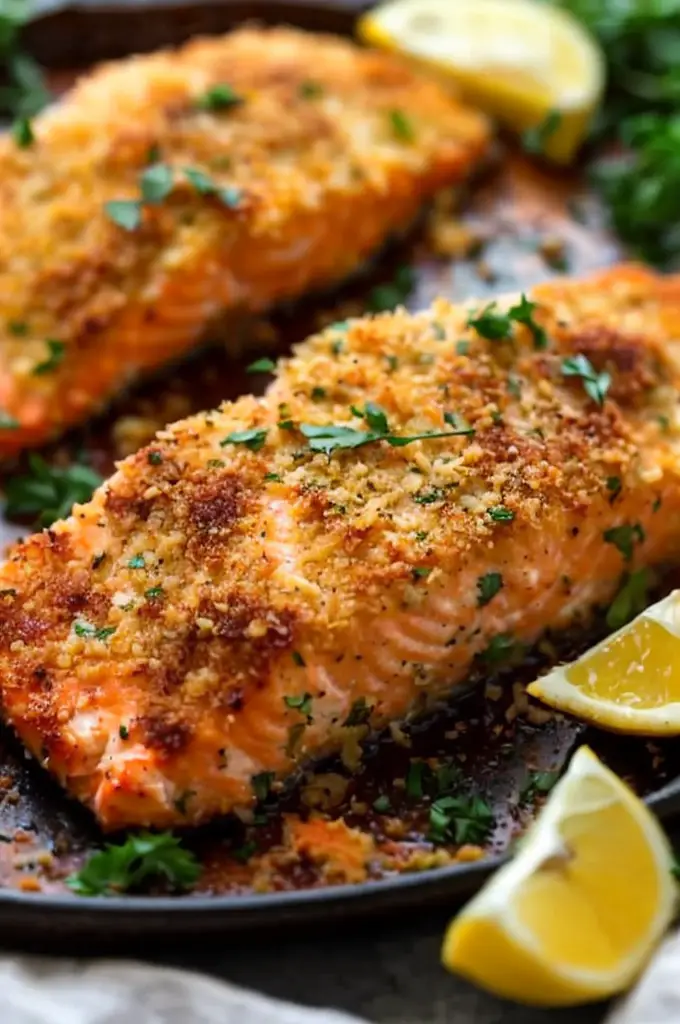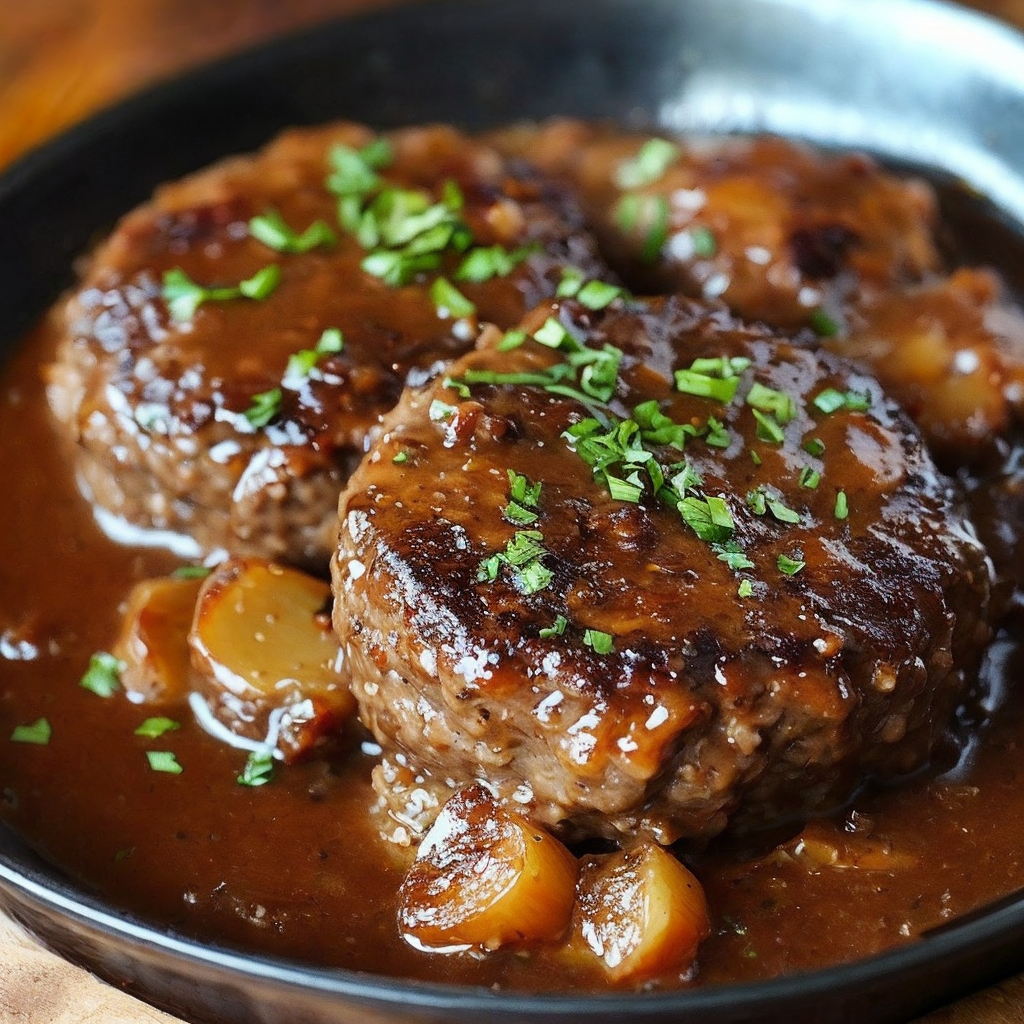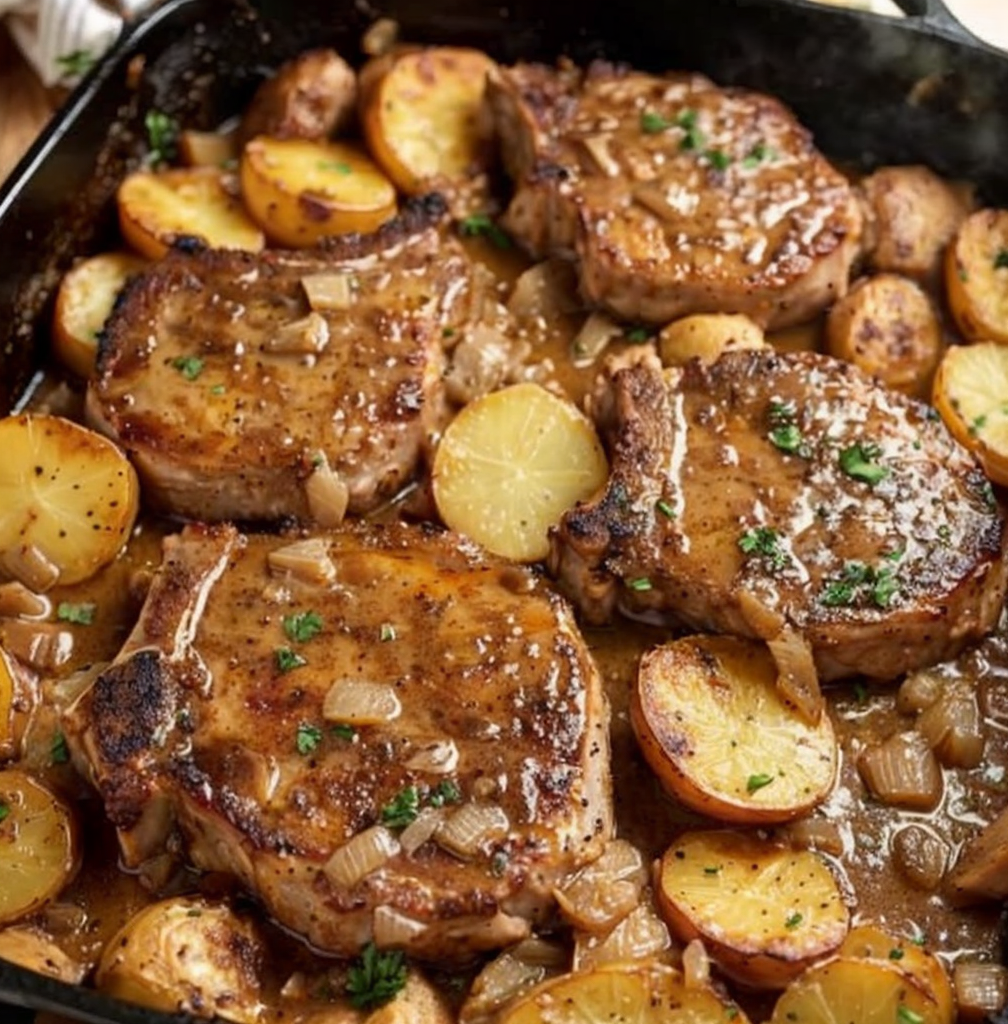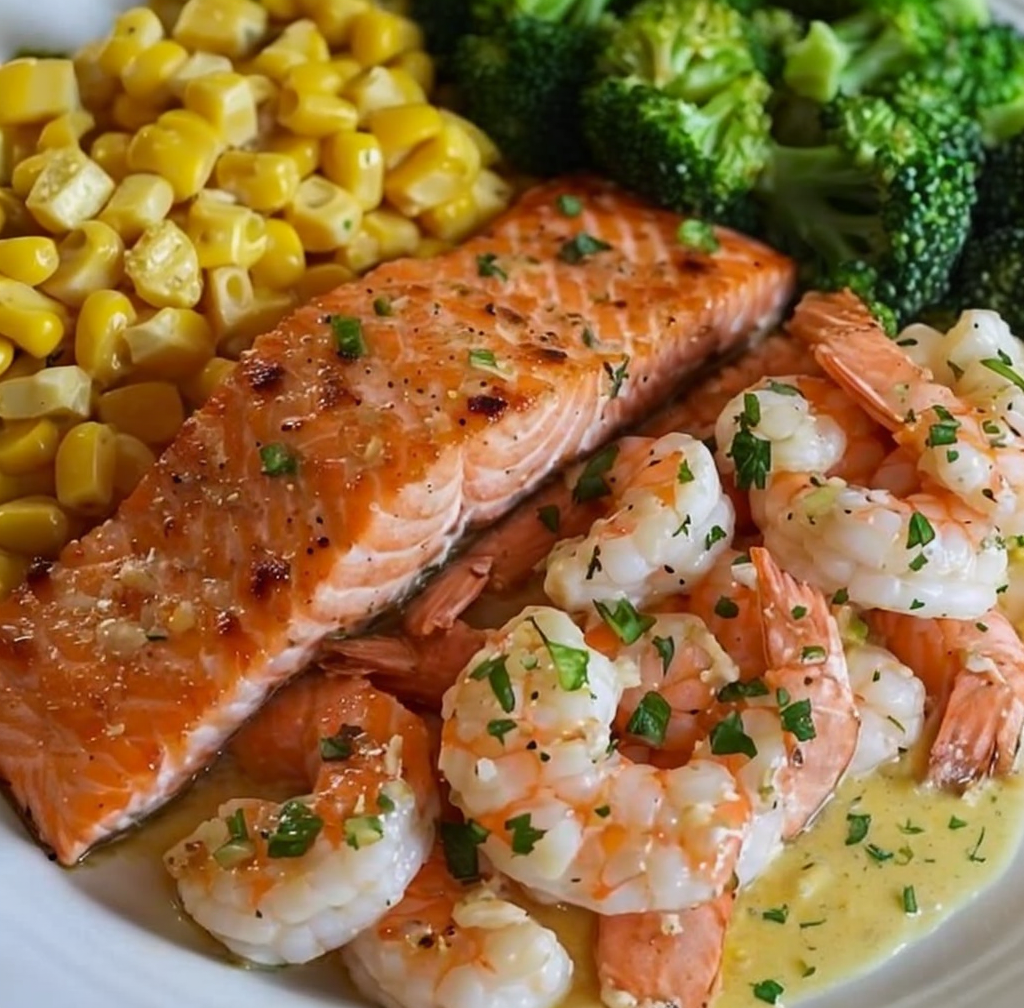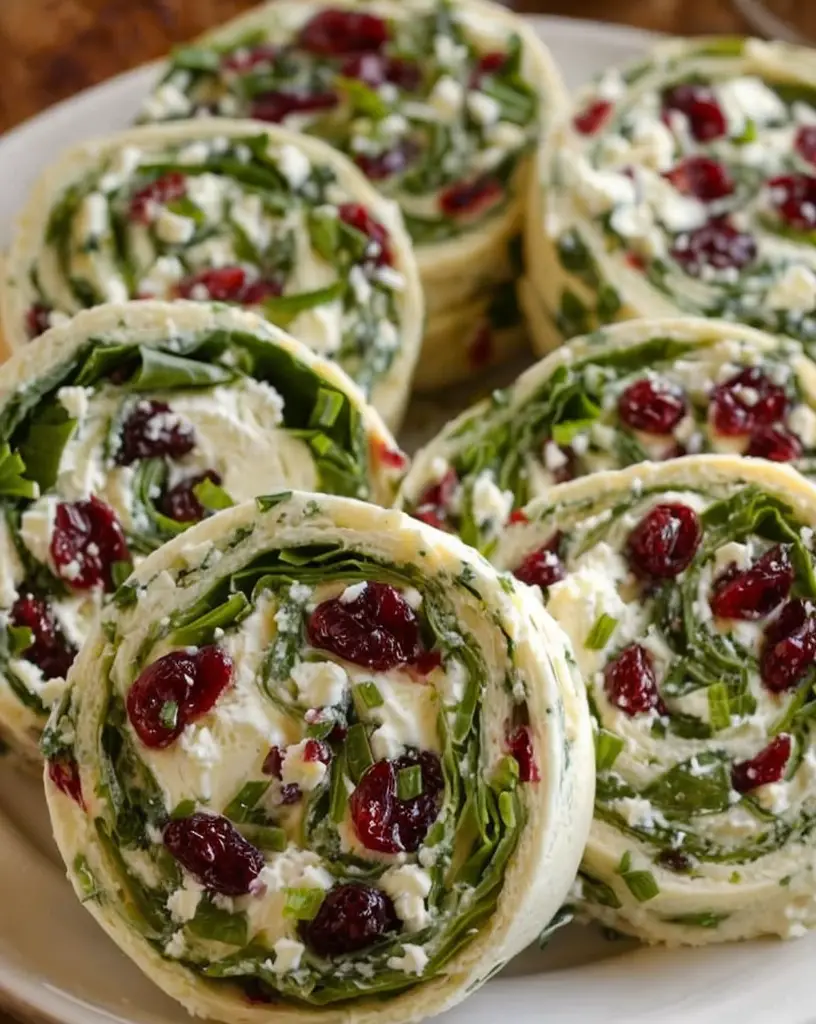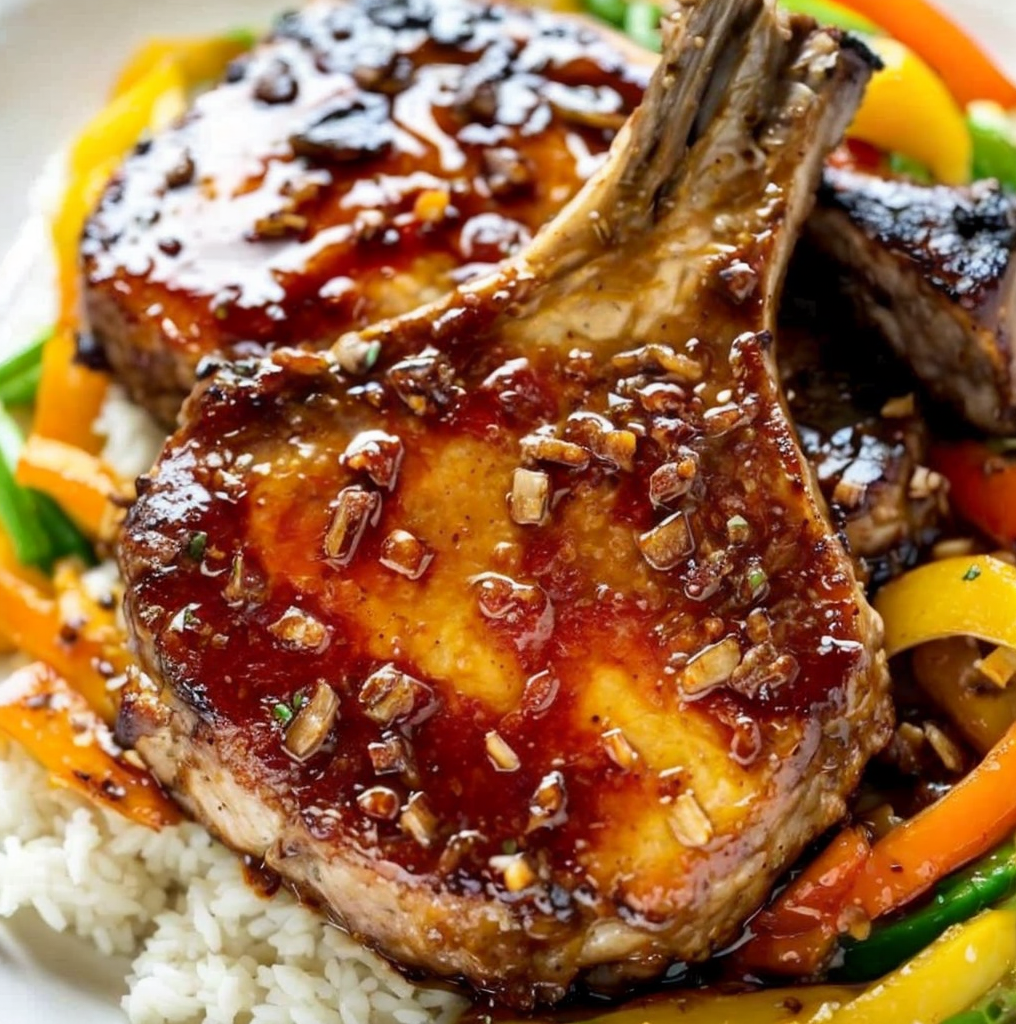Jalapeño Cheddar Grilled Cheese: A Spicy Twist on a Classic
There’s nothing quite like a perfectly made grilled cheese sandwich, with its gooey center and crispy edges. But when you add a few slices of jalapeño and a generous amount of cheddar, this everyday comfort food transforms into a Jalapeño Cheddar Grilled Cheese masterpiece that tantalizes your taste buds. This spicy variation captures the classic essence of grilled cheese while introducing bold new flavors that elevate the dish. Perfect for weekday lunches or cozy dinner nights, this sandwich is simple to assemble and captures both heat and cheesy bliss in each bite.
The Jalapeño Cheddar Grilled Cheese is a must-try for those who appreciate the fine art of spicy food. The jalapeños deliver a kick of heat that is beautifully complemented by the rich, creamy texture of melted cheddar cheese. Moreover, the contrast between the crunchy bread and the soft cheese creates an inviting experience for any grilled cheese enthusiast. Whether you’re gathering with friends or looking for a delightful meal for yourself, this recipe promises to be both fun to make and delicious to devour.
Quick Recipe Highlights
- Flavor Profile: This sandwich features a harmonious blend of spicy jalapeños and tangy cheddar cheese, creating a delightful mix of flavors that are both savory and slightly fiery.
- Texture: The outer layer of perfectly toasted bread provides a satisfying crunch, while the melted cheddar cheese is creamy and luscious, harmonizing the textures.
- Aroma: The smell of toasted bread mingled with jalapeños and melted cheese conjures warmth and comfort, making it hard to resist.
- Visual Appeal: The vibrant green specks of jalapeños against the golden, buttery bread make for a visually tempting dish that’s sure to please.
- Skill Level Needed: With basic cooking skills, anyone can master this recipe by following simple steps, making it accessible for novice cooks.
- Special Equipment: A good non-stick skillet or a griddle and a spatula are essential tools for achieving the perfect toast and ensuring everything melds together seamlessly.
Recipe Overview
- Difficulty Level: This recipe is rated as easy due to its straightforward technique of assembling ingredients and toasting them until golden brown. It is a perfect choice for beginners who wish to advance their culinary skills without an extensive cook time.
- Category: Ideal for quick lunches or casual dinners, this grilled cheese fits perfectly within the sandwich category bestowed with an exciting twist.
- Cuisine: While inherently American in its roots, this version introduces a Southwest twist with the addition of jalapeños, bringing a touch of Tex-Mex flavor to a timeless favorite.
- Cost: This recipe is budget-friendly, with simple ingredients like bread, cheese, and jalapeños being inexpensive yet effective in delivering bold flavors.
- Season: Best enjoyed year-round, especially in colder months when warmth and comfort meals are appreciated. Perfect for indoor dining or enjoying by the fireplace.
- Occasion: Suitable for informal gatherings, casual lunches, or as a delightful mid-week meal. It’s versatile enough for a quick snack yet satisfying for a full meal.
Why You’ll Love This Recipe
Grilled cheese sandwiches are the food of comfort and nostalgia, but introducing a fiery element like jalapeño offers an adventurous departure from the norm. This Jalapeño Cheddar Grilled Cheese brings together the allure of a classic with a modern twist that spices up your meal times. You’ll love this recipe for the way it blends bold flavors with a texture that satisfies both crunchy and chewy cravings. It’s a sensory feast with aromatic jalapeños that shine against the smoothness of molten cheddar.
Convenience is another strong point; the preparation requires minimal effort, and it comes together quickly, making it a convenient option for any day of the week. Perfect for when you need a meal ready in a flash that doesn’t compromise on taste or satisfaction. Additionally, this dish can accommodate various sides or be enjoyed on its own. With a handful of ingredients and simplicity in technique, it is ideal for those pressed for time but eager to enjoy a homemade meal.
Nutritionally, this grilled cheese offers a balance of fats, proteins, and carbohydrates. The cheddar cheese provides a good source of calcium and protein, while jalapeños add a dose of vitamin C. Rather than being just a cheese sandwich, this combination provides vital nutrients and tasty delight in each slice. For those mindful of dietary intake, full-fat cheese may be substituted with a reduced-fat version without losing its flavor integrity.
Socially, this Jalapeño Cheddar Grilled Cheese is a hit at casual gatherings, requiring little time for preparation while making a big impression. Whether it’s a weekend brunch or game night, its universal appeal to spice-loving guests makes it an ideal accompaniment for social interactions. Consider pairing this grilled cheese with a spicy dip or serving alongside a cool beverage to offer a balanced flavor profile that guests will appreciate.
Finally, this recipe excels in its cost-effectiveness. With just a few inexpensive ingredients, you can create a gourmet feel at home without the price tag. Accessibility to ingredients is straightforward, and most are staple pantry items, ensuring you won’t need to hunt down specialty components. In a culinary world where flavors compete, this recipe delivers on taste and economy, leaving both your palate and pocketbook pleased.
Historical Background and Cultural Significance
Grilled cheese has a rich history dating back to World War II, where it became a popular ration meal due to its simple components and filling nature. Combining melted cheese and bread has always equaled culinary comfort, and its evolution has seen many variations over the years. Jalapeño-infused versions highlight the ever-growing love for spice and the creativity that home cooks and chefs alike infuse into traditional recipes.
Its cultural significance lies in both its everyday occurrence in American kitchens and its place in the hearts of those who love uncomplicated yet deeply enjoyable meals. A staple in diners, cafeterias, and homes across the country, the grilled cheese offers familiarity with room for experimentation, making it a bond-builder over shared meals. The combination with jalapeños also nods to the blending of culinary traditions, enhancing the depth of flavor while respecting its roots.
Over time, grilled cheese sandwiches have moved beyond just cheddar and white bread to incorporate global ingredients, reflecting society’s broader palates and innovative cooking styles. With the inclusion of jalapeños, the sandwich not only acquires added taste dimensions but connects people through shared culinary explorations. As our world continues to mesh culturally, dishes like this demonstrate how traditional comfort foods can adapt and thrive in new flavorful landscapes.
Regional variations proliferate as local ingredients and preferences shape unique versions. While in the American Southwest, jalapeños are a celebrated addition due to their readiness and cultural fusion, in other regions, one might find a pepperjack cheese or other elements reflecting local tastes. Despite these differences, at its core, a Jalapeño Cheddar Grilled Cheese remains a testament to culinary adaptability and the timeless appeal of melted cheese on toast.
Ingredient Deep Dive
Cheddar Cheese: Cheddar’s origins trace back to Somerset, England, providing a cheese that ranges from mild to sharp, catering to various palates. Its rich and creamy texture, along with a slightly tangy flavor, makes it a go-to for melted dishes. Cheddar is rich in calcium, essential for bone health, and contributes protein to the dish.
When choosing cheddar, opt for a block version and grate it yourself for better meltability. Store tightly wrapped in the fridge, and before it hardens, freeze any unused parts for prolonged freshness. Substitute options include gouda or mozzarella for varying flavors without compromising the dish’s integrity.
Jalapeños: Originating from Mexico, jalapeños are widely used in spice-centric cuisines. Their mild to moderate heat level is perfect for introductory spice in dishes, providing capsaicin which is known for its metabolism-boosting properties. Opt for firm, unblemished jalapeños with deep color during selection. Store in the fridge for up to a week or slice and freeze for longer shelf life. If heat isn’t desired, consider substituting with bell peppers for similar crunch sans spice.
Bread: A universal staple, the bread used in grilled cheese typically ranges from sourdough to white, providing the perfect vessel for grilling and cheese stuffing. Bread contributes carbohydrates and fibers to this meal, balancing the nutritional profile. Select a sturdy loaf that can withstand the pressure of grilling without falling apart. Storing in a cool, dry place ensures it remains fresh longer. As a variation, whole grain or seed bread can add texture and slightly nutty tones to the dish.
Common Mistakes to Avoid
- Not preheating the pan: Ensure the skillet is hot enough before placing the sandwich to attain a crispy outside without the risk of sogginess.
- Choosing overly thick bread: Overly thick slices may hinder cheese melting, leading to an imbalanced sandwich.
- Using too little cheese: Don’t shy away from a generous cheese layer to ensure oozy goodness.
- Overloading with jalapeños: Balance is crucial; too many jalapeños can overpower the cheese, so moderate usage is key.
- Skipping buttering the bread: Spread butter evenly on the outside for optimal crunch and flavor.
- Cooking on high heat: Lower to medium heat assures cheese melts properly while bread achieves toasty perfection.
- Not grating cheese: Pre-sliced cheeses may not melt as well; opt for grating for best results.
- Impatience: Let the sandwich rest a moment off the heat for cheese to settle and flavors meld together.
Essential Techniques
Grating Cheese: Grate cheese for a more even melt that integrates well with other ingredients. Grated cheese covers the sandwich uniformly, ensuring rapid meld during cooking.
Balancing Heat: Adjust heat levels to moderate during cooking to avoid burning the outer layer while ensuring adequate internal warmth. Conquer patience while flipping to achieve a golden-brown, crunchy exterior.
Pre-Heating: Blackening at inopportune timings can spoil flavors. Preheat your skillet sufficiently to start with a good sear on contact, forming the perfect toast hue and beautiful crusting for your sandwich.
Pro Tips for Perfect Jalapeño Cheddar Grilled Cheese
1. Use a shredder blade to create fine cheese crumbs, which melt more evenly and quickly.
2. Add a lid for a few moments mid-cook to trap heat, aiding cheese melt securely without increasing stove heat.
3. Sprinkle bread with Parmesan before grilling for a savory crust.
4. Consider adding a slice of tomato or avocado post-toast for added freshness and dimension.
5. Allow resting post-cooking to unify flavors and avoid chasing cheese off your plate.
6. If dairy-rich cheddar is too rich, swap for an aged variety to mitigate fat content while enhancing flavor.
7. Butter bravely: Your bread deserves hearty coverage for the crunchiest result possible.
8. Test jalapeño slices for spice intensity beforehand to gauge the right balance for personal taste.
Variations and Adaptations
Regional Variations: Incorporate pepper jack cheese or Monterey jack for a different take on spiced cheese. The jalapeño can be replaced with poblano peppers for less heat but more charred flavor.
Seasonal Adaptations: In colder months, add a splash of hot sauce for warming spice or pair with a seasonal soup. In warmer weather, pair with fresh lime juice or light spinach.
Dietary Modifications: For a gluten-free version, opt for gluten-free bread varieties and check labels on cheeses for any gluten cross-contamination processes.
Flavor Variations: Consider adding a smokey element with smoked cheddar or bacon to enhance the natural grilled notes. Fold in slices of roasted poblano or red pepper for added complexity.
Texture Modifications: For a softer texture, use a panini press, compressing the sandwich while grilling. Alternatively, use different breads for unique crust yields.
Presentation Alternatives: Cut in diagonal halves for a triangular presentation or serve as mini squares as finger food for parties.
Serving and Presentation Guide
Plating Techniques: Arrange on a rustic wooden board for a homey feel, enhancing the sandwich’s artisanal nature. Use colorful plates to highlight the golden shades of grill marks.
Garnishing Ideas: Garnish with fresh herbs like cilantro or parsley for a touch of color and aroma. A drizzle of balsamic glaze can add aesthetic appeal and a hint of sweetness.
Traditional Accompaniments: Serve alongside classic tomato soup or a light mixed green salad to balance flavors and textures.
Modern Serving Suggestions: Pair with chopped pickles or charred corn as a complementary side, ensuring each bite enhances the main dish’s enjoyment.
Temperature Considerations: Serve warm, ensuring the cheese remains gooey. Room temperature sandwiches may lose textural appeal.
Portion Control Tips: For smaller appetites, serve as half sandwiches with lighter side courses to avoid excess fullness.
Wine and Beverage Pairing
Wine Pairings: For a classic match, serve with a Chardonnay that balances the cheese’s creaminess and jalapeño’s spice, offering a smooth palate experience.
Non-Alcoholic Alternatives: Consider lime-infused iced tea or sparkling water with a lemon wedge to refresh and contrast flavorful heat.
Coffee/Tea Pairings: For brunch settings, pair with a chamomile or green tea; their calm flavors work well against the cheese’s richness.
Temperature Considerations: Chill beverages to balance the sandwich’s warm offering, enhancing the sensory variety at mealtime.
Serving Suggestions: Coordinate glassware and pour just prior to serving for optimal tasting alignment.
Storage and Shelf Life
Storage Methods: Wrap tightly in plastic wrap or foil, then place in an airtight container to keep fresh for up to two days in the fridge.
Temperature Requirements: Maintain refrigeration at consistent temperatures to prevent spoilage from cheese warmer than 32-40°F.
Container Recommendations: Use glass containers for better airtight seals, preserving flavor and texture.
Signs of Spoilage: Discoloration in lactate fats or a sour smell can indicate spoilage; discard the sandwich if these arise.
Reheating Instructions: Warm gently on a skillet or in an oven to restore freshness. A short microwave zap can yield gooey re-melted cheese.
Freezing Guidelines: Freeze prepared sandwiches before grilling to extend life, cooking directly from frozen without thawing for convenience.
Make Ahead Strategies
Prep Timeline: Prepare components up to a day in advance, keeping bread and cheese separate until grilling time to maintain freshness.
Storage Between Steps: Store pre-assembled sandwiches with parchment paper in between if sandwich stacking is required in the fridge to prevent them from sticking.
Quality Impact Assessment: Cheese may absorb more bread moisture if pre-stored in assembled form; aim for sameday assembly for quality assurance.
Assembly Tips: Pre-assemble with precision to ensure cheese evenness throughout, avoiding sandwich lopsidedness during grilling.
Reheating Guidelines: Employ a stovetop reheat, utilizing moderate heat and slow warming to refresh the crisp-to-soft texture ratio.
Fresh Element Additions: Add fresh herbs or raw vegetables post-heat to reinstate refreshing textures and flavors if reheated.
Scaling Instructions
Halving the Recipe: For single servings, cut ingredient proportions in half, maintaining balance of spice and cheese relative to bread slice size.
Doubling or Tripling: Scale gracefully with parallel adjustments to seasoning balance; thicker cuts of jalapeño may accompany increased cheese volume.
Equipment Adjustments: Larger skillet/griddle assists increased volume; consider batch cooking for extreme multiples.
Timing Modifications: If scaled, initial heat absorbance may require marginal additional cook time; be vigilant to avoid burning.
Storage Considerations: Large batches should still be assembled just within need unless whole batch intentions call for single-day consumption.
Nutritional Deep Dive
Macro Breakdown: Each serving approximately consists of 400 calories, with a balanced mix of carbohydrates, fats, and proteins.
Micronutrient Analysis: Rich in calcium from cheese, distribution toward daily calcium needs can prove advantageous while moderated by accompanying fresh side servings.
Health Benefits: Calcium supports bone health, while jalapeños can contribute to potential metabolism boost benefits.
Dietary Considerations: Moderation is key within a balanced diet, ensuring components align with personal dietary specifications when adapted specifically.
Portion Analysis: Maintaining portion control relative to pairing dishes can ensure the meal remains within desired caloric boundaries.
Weight Management Tips: Monitor cheese type for lower-fat varieties to tailor an ideal calorie count without losing cheesy allure.
Dietary Adaptations
Gluten-Free: Substitute standard bread for gluten-free, ensuring all preparation surfaces are sanitized and celiac-friendly processes are observed.
Dairy-Free: Use dairy-free cheese options, especially nut-based cheeses, to maintain desired melted texture while serving lactose intolerant or dairy-free individuals.
Vegan: Dairy-free vegan cheese coupled with plant-based butter affords preparation for those following vegan diets without compromise.
Low-Carb: Utilize low-carb bread options, integrating cheese varieties that align with low-sugar protocols contributing to meal classification.
Keto: Align bread and cheese choices favoring keto specifications, allowing incorporation of higher-fat dairy within declared dependencies.
Paleo: Adapting paleo options may involve using paleo cheese alternatives coupled with almond-based bread variants.
Low-FODMAP: Monitor cheese and bread types for low-FODMAP specifications, considering advisability across dietary contexts with detailed observations.
Other Specific Diets: Tailor ingredient selection for specialized diets ensuring cross-compliance with nutritional restrictions or enhancements.
Troubleshooting Guide
Texture Issues: If cheese is insufficiently melted, ensure fine grating and appropriate pan coverage when heating to enhance outcomes.
Flavor Balance: To moderate spice, slice jalapeños thinner and adjust the number of slices used; additional cheese or alternative peppers soothe spice levels.
Temperature Problems: Measure stove temperature ensuring compatibility as excessive outputs may compromise outcomes with under-cooked interior.
Equipment Challenges: For non-stick limitations, additional butter assures easy flipping without charring edges or stickiness under heat.
Ingredient Substitutions: Reviewing cheese meltability ensures proper selections conducive to desired finished melting standards.
Timing Concerns: Over-cooking cheese results in hard, crispy cheese edges rather than gooeyness; maintain diligent checks during cooking to negate timing misalignments.
Recipe Success Stories
Bringing classic grilled cheese into a gourmet light, this inventive pairing captived audiences and reader storyboards featuring experiences involving party canapés to loud picnics. With creative reader adaptations echoing variations and successes like the introduction of caramelized onions or smoky paprika chips, each unique input testifies to Jalapeño Cheddar Grilled Cheese’s versatile acclaim. With photo guidance from shared culinary chronicles to visual revelations, all engage seamlessly in the recipe narrative, showcasing its impact beyond the blog’s own storytelling.
Frequently Asked Questions
Yes, you can assemble the sandwich and store it in the refrigerator. When ready to serve, cook on a skillet until golden brown and the cheese melts perfectly.
How spicy is the sandwich?
The level of spice depends on the quantity of jalapeños. Adjust according to your heat preference, with more slices increasing spice levels.
What’s the best bread to use?
A sturdy bread with a good crumb, such as sourdough or ciabatta, is ideal. It holds together well and crisps nicely on the grill.
Can I add other ingredients?
Absolutely! Ingredients such as tomatoes, bacon, or avocado could make delicious additions without overpowering the existing flavors.
Is there a low-calorie version?
Use low-fat cheese and light bread to reduce calorie content, keeping jalapeños intact for flavor without adding additional calories.
What’s the best substitute for cheddar?
Gouda or mozzarella can be excellent alternatives, offering creamy textures that pair well with jalapeños.
How do I prevent soggy bread?
Ensure your skillet is properly preheated and your bread is lightly buttered for a perfect, crisp exterior.
Can it be made in a toaster oven?
Yes, assemble as directed and use a toaster oven set at medium heat for uniformly golden results.
What should the cooking temperature be?
Medium heat is ideal for achieving a good balance between a melty inside and crisp outside without burning the bread.
How do I slice jalapeños evenly?
A mandolin ensures consistency in thickness, offering even heat distribution across bites, or use a sharp knife for more control.
What can I pair this with for balance?
A fresh salad or bowl of tomato soup accommodates the sandwich nicely, offering a light accompaniment without overwhelming flavors.
Is grilled cheese healthy?
Moderation is key; when enjoyed alongside nutritious sides, it can form part of a balanced diet. Opt for whole-grain bread and low-fat cheese for a healthier version.
Additional Resources
For those fascinated by the art of grilled cheese, delve into our array of related recipes, such as the classic tomato-basil grilled cheese combination, balancing creaminess with light garden freshness. Explore further technique guides that offer kitchen navigation pointers, especially effective for grilled sandwiches. Supplement ingredient notes with firsthand culinary expressions alongside exciting seasonal variations designed to fit evolving culinary seasons.
Join the Conversation
Engage with us on social media platforms featuring your own Jalapeño Cheddar Grilled Cheese takes, enjoying community-driven discourse around inventive variations. Share your photography and hashtag our feed, enriching collective creativity. Write reviews and adaptations extending your voice and witness how small variations can infuse unique depth into versatile classics. Engage personally through shared moments, making dining an experience beyond mere consumption through uniting gastronomy around a shared table.
The Recipe
Jalapeño Cheddar Grilled Cheese
Serves: 2
Prep Time: 10 mins
Cook Time: 15 mins
Total Time: 25 mins
Kitchen Equipment Needed
- Non-stick skillet or griddle
- Spatula
- Grater
- Knife
- Cutting board
Ingredients
- 4 slices of bread (sourdough or choice)
- 1 cup cheddar cheese, grated
- 2 jalapeños, sliced thinly
- 2 tbsp butter
Directions
- Preheat the skillet over medium heat.
- Butter one side of each slice of bread generously.
- Place two slices, buttered side down, on the skillet.
- Evenly spread grated cheddar over each slice.
- Layer jalapeño slices atop the cheese.
- Top with remaining bread slices, buttered side up.
- Cook until bottom slice is golden brown, about 3-4 minutes.
- Carefully flip, cooking the other side until similarly golden and cheese melted.
- Remove from heat and let cool slightly before serving.
Recipe Notes
- Adjust jalapeño levels according to spice preference.
- Try adding bacon or other cheeses for additional layers of flavor.
- Serve with tomato soup for a classic pairing.

